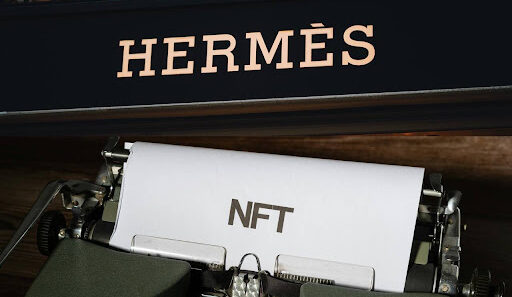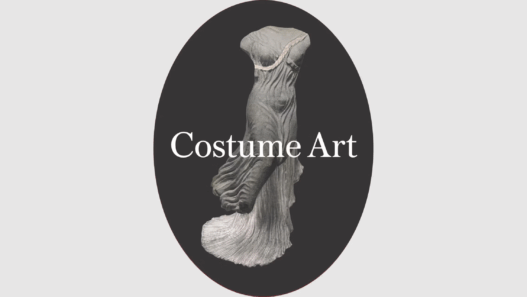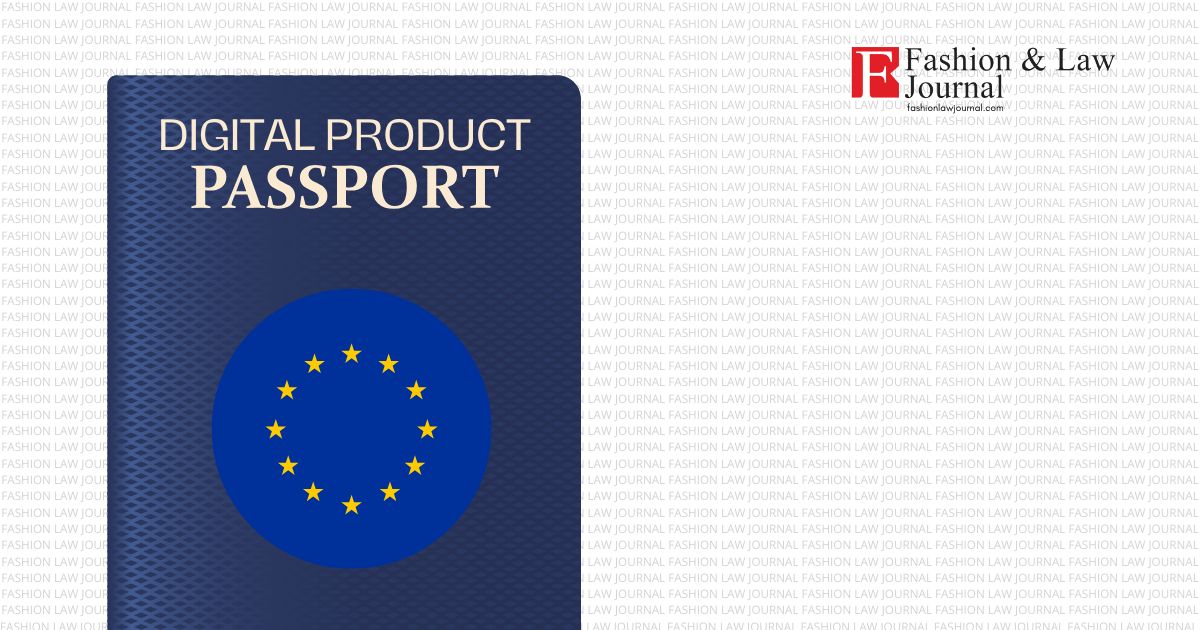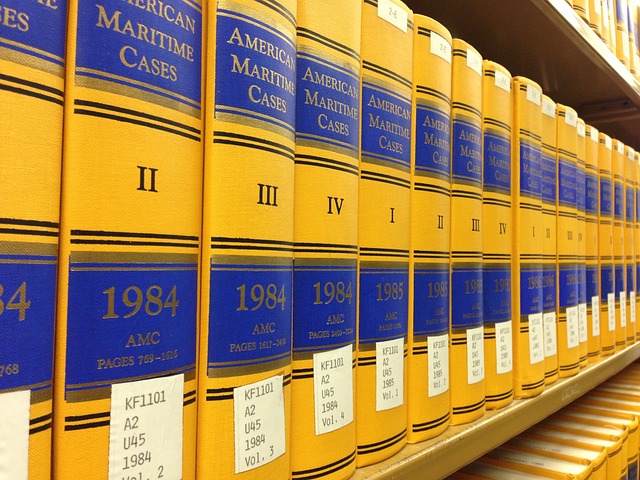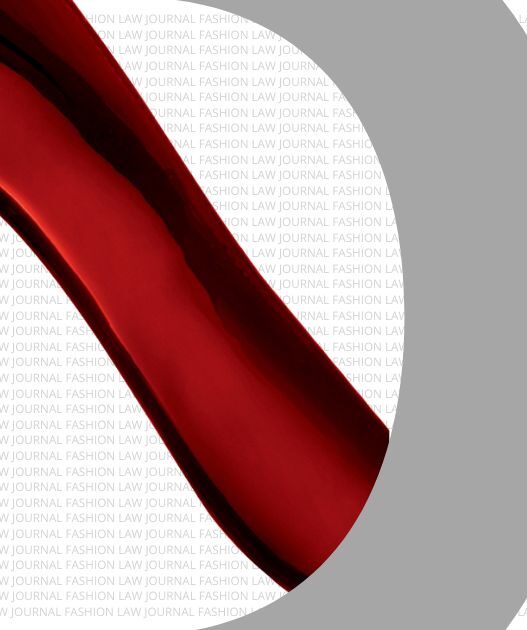The labelling of textile products and footwear is not merely a legal requirement; it represents a strategic tool for ensuring transparency, protecting consumers, and enhancing brand value. This article analyses the obligations imposed by European and national legislation, focusing on mandatory information requirements and unfair commercial practices, with particular attention to the risks of greenwashing. It also explores new opportunities offered by digital labelling and extended producer responsibility policies, providing an up-to-date overview of the challenges and opportunities for fashion industry operators.
Product labelling in the fashion industry serves a fundamental function, both from a legal and strategic perspective. On the one hand, it constitutes a regulatory obligation aimed at ensuring transparency and consumer protection; on the other hand, it is a powerful corporate communication tool, capable of conveying values such as quality, sustainability, and ethical production, thereby contributing to the brand’s identity.
In an increasingly regulated market, sensitive to the environmental and social impacts of the fashion industry, a sound understanding of labelling rules is crucial for economic operators. Proper management of the information displayed on labels ensures both regulatory compliance of the products placed on the market and enhances corporate reputation, while responding to consumers’ growing expectations.
At both European and national levels, legislation requires that textile products and footwear display mandatory information concerning, inter alia:
- the fibre composition of textile products, pursuant to Regulation (EU) No. 1007/2011;
- the presence of non-textile parts of animal origin;
- the identity of the party responsible for placing the product on the market.
Labels must be drafted in a clear, legible, and indelible manner, in the official language(s) of the Member State where the product is marketed.
For textile products, the indication of the country of origin is not mandatory, unless its omission could mislead consumers, or in cases provided for by customs legislation, in particular under Regulation (EU) No. 952/2013 establishing the Union Customs Code.
In general, there are no mandatory requirements to provide information regarding care instructions, potential health and safety risks, or elements such as size and technical reference codes, unless specific sectoral legislation imposes such obligations for certain products or categories of consumers.
With regard to footwear, the legislation requires disclosure of the composition of the main components – upper, lining and insole, and outer sole – by means of pictograms or textual indications, as set out in Directive 94/11/EC, transposed into Italian law by Ministerial Decree of 11 April 1996.
In addition to regulatory obligations, labelling plays an increasingly strategic role. More and more fashion companies use this tool to communicate corporate values, tell the story behind their products, and demonstrate their commitment to environmental and social sustainability. In a market characterised by informed consumers attentive to transparency, the inclusion of voluntary information on labels constitutes a competitive advantage.
Among the additional information commonly displayed are recognised sustainability certifications, such as:
- Global Organic Textile Standard (GOTS)
- Oeko-Tex Standard 100
- Fair Trade
- Cradle to Cradle Certified
However, it is essential that such information be truthful, verifiable, and not misleading. The communication of unsubstantiated environmental claims (so-called greenwashing) constitutes an unfair commercial practice under Articles 20-27 of the Italian Consumer Code (Legislative Decree No. 206/2005) and may also amount to a violation of Regulation (EU) 2024/825, which introduces specific prohibitions on misleading environmental claims (Green Claims Regulation).
Regulatory and technological developments are also driving the fashion sector towards more transparent and interactive forms of labelling. The use of QR codes, NFC technologies, and blockchain systems today allows consumers to access, in real time, detailed information regarding the origin of raw materials, production chains, environmental certifications, and product authenticity.
At the same time, certain Member States of the European Union have introduced an Extended Producer Responsibility (EPR) scheme for the textile sector, obligating producers to bear responsibility for the management of waste deriving from their products at end-of-life. At the European level, the legislative process is currently underway to amend Directive 2008/98/EC (Waste Framework Directive), with the aim of making textile EPR mandatory in all Member States. This measure is also envisaged in the Ecodesign for Sustainable Products Regulation (ESPR), an integral part of the European Green Deal and the Circular Economy Action Plan (CEAP 2020).
In conclusion, labelling in the fashion industry is far from being a mere bureaucratic fulfilment; it is a key element to ensure product compliance, safeguard consumer rights, and strengthen the credibility and reputation of companies. Transparent, accurate, and strategically managed labelling enables brands to stand out in the market and build consumer trust, which is increasingly conditioned by concerns for quality, ethics, and the sustainability of the products they purchase.
References
- European Union Regulation on Textile Labeling (EU No 1007/2011)
- U.S. Federal Trade Commission (FTC) Textile and Wool Acts
- Global Organic Textile Standard (GOTS) Official Guidelines
- Oeko-Tex Association Guidelines for Standard 100 Certification
- Fashion Transparency Index 2023, Fashion Revolution
- Extended Producer Responsibility (EPR) Regulations in the European Union
- McKinsey & Company: The State of Fashion 2024 Report
AUTHORS:
STEFANIA GALLO
Stefania Gallo is a legal professional specializing in the fashion and luxury sectors, with a solid academic background and focused experience in the legal issues affecting these industries. She graduated in Law from the Alma Mater Studiorum – University of Bologna, where she wrote her thesis on Civil Procedural Law, exploring precautionary protection within the luxury industry.
As a specialist in Fashion Law, Luxury Law, and Intellectual Property, Stefania combines legal expertise with a keen focus on emerging issues in the sector. She has honed her skills through numerous specialized courses in areas such as artificial intelligence, blockchain, and international arbitration, delving into new legal frontiers for these industries.
She has been a speaker at fashion law conferences in Italy and internationally, offering insights from an Italian legal perspective on topics of global interest.
Stefania is also the founder of Fashion Law Italia, the first Italian platform dedicated to legal dissemination in the fashion industry. This project merges strong legal expertise with a deep understanding of market dynamics.
ANUJ KUMAR
Anuj is also Founder & editor-in-chief of Fashion Law Journal, an exclusive resource for legal issues involving the fashion industry. Anuj has been assisting fashion brands in Compliances required for Fashion Industry, the issues of Licensing, Merchandising, and protecting IP, Labour, and the Rights of stakeholders. Anuj is also founder of Legal Desire Media (among leading legal industry insights media with over 3 Million+ readership), having experience of 12 years in Publishing, Compliances, Business Development & Marketing, closely working with over 50+ global brands, influencers & law firms in various practices for comprehensive business development solutions, empowering small firms to successfully build their brands, connect with consumers to grow their practice. Serving clients in brand setup, industry compliances, managing their digital properties, business Development goals & Corporate Communications, etc. Know more at www.fashionlawyer.co





